When I was young, my mother sent us out every evening to bury the day’s apple cores, carrot tops and hickory nut hulls in the garden. And, because we ate so much wild game, we always had animal innards, bones, skin and other scraps to get rid of. Our neighbors also gave us all the free cow manure we could pitch.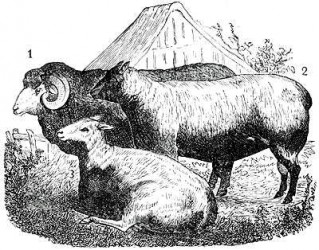
It grossed me out as a kid to put all that stuff in the garden, but Mom had it right – we were imitating nature.
The “1881 Household Cyclopedia of General Information” includes much information about enriching soil. Best of all, it’s from the days before chemical fertilizers. By comparison, a 1940 textbook, “The Earth and Its People,” applauds the invention of manmade fertilizers, herbicides and pesticides for increasing food production.
 According to the 1940 text, “By practicing more intensive cultivation, by using greater quantities of fertilizers and by taking advantage of scientific discoveries, the production per acre of the leading food crops of the United States can be increased greatly.”
According to the 1940 text, “By practicing more intensive cultivation, by using greater quantities of fertilizers and by taking advantage of scientific discoveries, the production per acre of the leading food crops of the United States can be increased greatly.”
I prefer the older book.
The cyclopedia explains the basics of plant structure and why good soil was vital for a successful harvest, and likely meant having enough to feed a family through winter. Only a lazy farmer was not continually building up his soil. And to neglect the earth meant to have poor vegetables and crops.
“The best natural soils,” according to the book, “are those where the materials have been derived from the breaking up and decomposition, not of one stratum or layer, but of many divided minutely by air and water, and minutely blended together: and in improving soils by artificial additions, the farmer cannot do better than imitate the processes of nature.”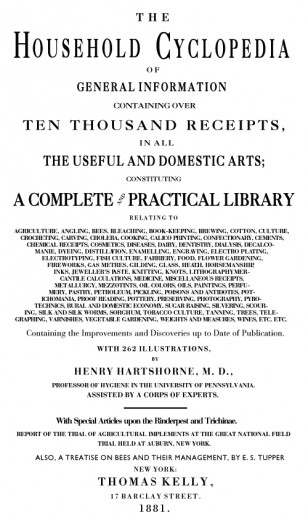
Although the 813-page book was published in 1881, it contains information from farming practices in use before the Civil War, according to the authors. My mother started gardening in the 1950s; but when others were using chemicals in their gardens, she favored the old-time methods – compost and manure.
The old book applies the term “manure” indiscriminately to all substances known from experience either to enrich the soil or contribute in another way to render it more favorable to vegetation. Healing the soil, the book reports, is just like healing a body.
“In an agricultural point of view, the subject of manures is of the first magnitude,” the book states. “To correct what is hurtful to vegetation in the different soils, and to restore what is lost by exhausting crops, are operations in agriculture which may be compared to the curing of diseases in the animal body, or supplying the waste occasioned by labor.”
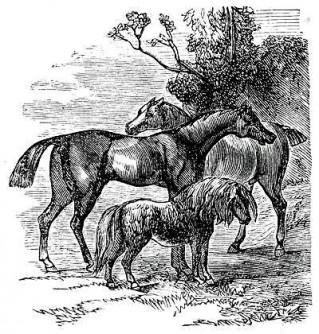 Like other household hint books on the era, the Cyclopedia is compiled of 10,000 submissions by farmers and home gardeners on topics from 80 topics from agriculture to wine-making. The book states the following conclusions may be regarded as scientifically sustained, as well as confirmed by practical experience:
Like other household hint books on the era, the Cyclopedia is compiled of 10,000 submissions by farmers and home gardeners on topics from 80 topics from agriculture to wine-making. The book states the following conclusions may be regarded as scientifically sustained, as well as confirmed by practical experience:
Organic Manures
1. Fresh human urine yields nitrogen in greater abundance to vegetation than any other material of easy acquisition. The urine of animals is valuable for the same purpose, but not equally so. Still, none should be wasted.
2. The mixed excrements of man and animals yield (if carefully preserved from further decomposition), not only nitrogen, but other invaluable saline and earthy matters that have been already extracted in food from the soil.
(NOTE: A 1972 Mother Earth News story by Elizabeth Allyn details how to compost and use human excrement. Allyn writes, “We rake the privy’s contents down the slope, cover the peaks with the rest, and sprinkle it all again with ashes and earth. About once a year we load the plateau of compost on the spreader and take it out to the fields or haul it by cart to the garden where it’s used as top dressing. It’s only work … the material smells like sweet earth.”)
3. Animal substances such as urine, flesh, and blood decompose rapidly and are fitted to operate immediately and powerfully on vegetation.
4. Dry animal substances (horn, hair, or woolen rags) decompose slowly and (weight for weight) contain a greater quantity of organized as well as unorganized materials. Their influence may be manifested for several seasons.
5. Finely crushed bones, acting like horns in so far as their animal matter is concerned, may ameliorate the soil by their earthy matter for a long period (even if the jelly they contain has been injuriously removed by the size maker), permanently improving the soil condition and adding to the natural capabilities of the land.
Using animal manures
“Dung is the mother of good crops,” the book states, adding that the best plan for cheaply and easily gathering a large quantity for a clay-land farm is to feed grass to livestock during summer.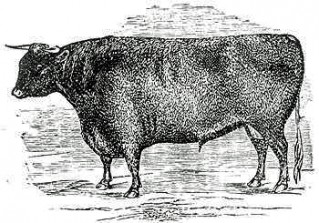
Livestock manure varies in sustenance by the animals’ diets. The book recommends not letting early springtime weeds go to waste as they pop up in fencerows or alongside buildings. Cut those nutritious weeds and feed them to your animals. You’ll be rewarded for your labor.
“In a word, the dung of animals fed upon green clover, may justly be reckoned the richest of all dung. It may, from the circumstances of the season, be rapidly prepared, and may be applied to the ground at a very early period, much earlier than any other sort of dung can be used with advantage.”
Also, the practice of soiling or feeding horses or cattle in the barn or farmyard is eminently calculated to increase the quantity and abundance of manure on every farm. In the 1800s, feeding horses in the summer months on green clover and ryegrass was a common practice in grain districts where farm labor was available.
“The utility of the practice does not need the support of argument, for it is not only economical to the farmer, but saves much fatigue to the poor animal; besides, the quantity of dung thereby gathered is considerable.”
Keep your water source clean
Positioning and management of the pile is also important to obtain the best quality compost in shortest amount of time.
“When driven out of the fold-yard, the dung should be laid up in a regular heap or pile not exceeding six quarters, or four feet and a half in height; and care should be taken not to put either horse or cart upon it, which is easily avoided by backing the cart to the pile, and laying the dung compactly together with a grape or fork.”
In other words, don’t smash the manure pile. Also cover the outer edges of the pile with dirt to keep in moisture and prevent wind and sun from depleting nutrients. A small quantity of earth scattered on the top is also beneficial.
“Dung, when managed in this manner, generally ferments very rapidly; but if it is discovered to be in a backward state, a complete turn over about the 1st of May when the weather becomes warm will quicken the process.” The better the manure is “shaken asunder,” the sooner it will become usable compost.
When starting the pile, select a secluded spot not exposed to wind or where water pools. The pile should also be downhill from and at least 100 feet from water sources to keep from polluting your freshwater.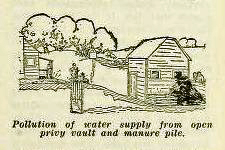
To save trouble later, start the pile in the garden or field where it is to be used. It is also most convenient to have the manure pile near the homestead.
“There it is always under the farmer’s eye, and a greater quantity can be moved in a shorter time than when the situation is more distant. Besides, in wet weather (and this is generally the time chosen for such an operation), the roads are not only cut up by driving to a distance, but the field on which the heap is made may be poached and injured considerably.”
More resources
Read this 1972 article in Mother Earth News story to learn more about composting human excrement. To learn more old-time homesteading skills, you can view a free online version of the Household Cyclopedia here.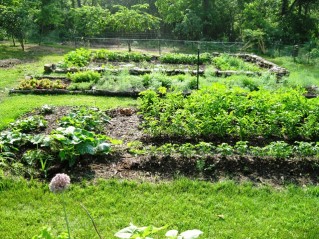
The best modern-day instruction on making compost we have seen, by far, is Marjory Wildcraft’s “Grow Your Own Groceries” video series. Among dozens of other topics, she goes well beyond explaining how to use rabbit droppings. She also shows how to raise and butcher them, completing the cycle.
© 2013 Well WaterBoy Products LLC ♦ WaterBuck Pump™ ♦ Pedal Powered PTO™

